Out now: Series on Chinese cultural relics abroad
Updated: 2015-04-14 07:49
By Lin Qi(China Daily)
|
||||||||
He frequented Beijing's antique stores, from where he built his expertise in ceramics and accumulated his own collection.
Bushell purchased 253 articles of Chinese artworks in 1883 on behalf of the South Kensington Museum, which was later renamed the V&A. Before his return to Britain in 1899, Bushell donated several bronze wares to the museum.
In 1975, his great-grand-daughter made another donation, a dozen of Bushell's collection of the Ming (1368-1644) and Qing (1644-1911) dynasties ceramics.
A selection of Bushell's old collections are featured in the first volume, including a pair of qinghua (underglaze blue) candle holders.
Lyu Zhangshen, director of the National Museum of China, says that according to incomplete statistics of UNESCO, about 1.64 million Chinese cultural relics are available in some 200 museums abroad, and a considerable amount of relics are unknown to the public.
Recent years have seen rising interest in recovering Chinese antiquities that were robbed or smuggled from the country.
Deep-pocketed Chinese collectors hunt for such art at auctions worldwide. Heated debates center on whether one should purchase such stolen Chinese articles at very steep prices.
Chen Lyusheng, deputy director of the National Museum of China, says the situation has made dealings with foreign museums complicated.
"They couldn't help worrying that the project will expose their assets (of Chinese antiquities), and hence may lead to retrieving action from the Chinese government."
He says that some museums hesitate to tour their Chinese art collections in China although they aspire to broaden their collaborations with Chinese institutes.
He says that overseas Chinese antiquities have multiple sources of provenance, some of which ended up in foreigners hands through proper cultural exchanges or legitimate channels.
- More Chinese water towns apply for heritage listing
- Heritage park honoring US 'Flying Tigers' opens in China
- Wang Yifan: Heritage should spark recognition and acknowledgement of the past
- Shan Jixiang calls for legislation to safeguard cultural heritage
- NPC deputy calls for more efforts on intangible cultural heritage protection

 National festival underway with cherry blossoms in peak bloom
National festival underway with cherry blossoms in peak bloom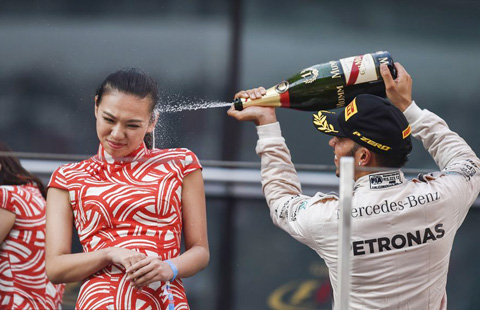
 Ten photos you don't wanna miss - April 13
Ten photos you don't wanna miss - April 13
 Hillary Clinton's China connections
Hillary Clinton's China connections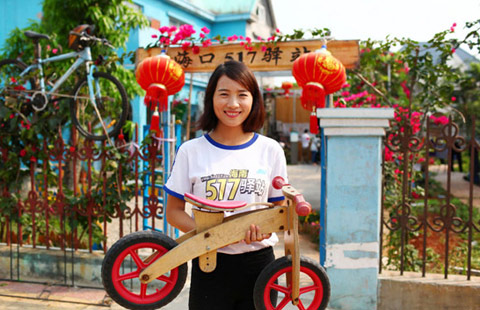
 Bicycle-friendly Hainan hotels cater to riders
Bicycle-friendly Hainan hotels cater to riders Stars dazzle at 2015 MTV Movie Awards
Stars dazzle at 2015 MTV Movie Awards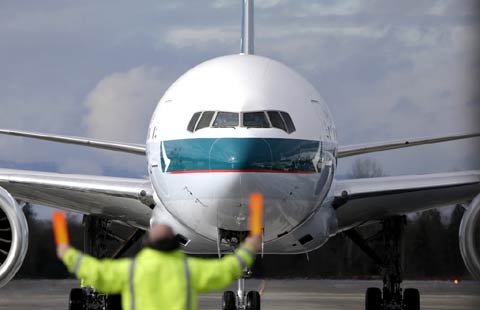
 Top 10 best airlines in the world
Top 10 best airlines in the world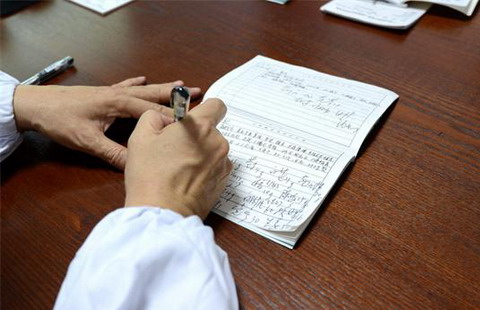
 Can doctors' illegible handwriting be justified?
Can doctors' illegible handwriting be justified?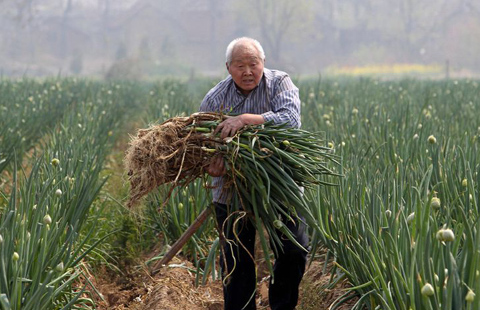
 Take home as many as you like
Take home as many as you like
Most Viewed
Editor's Picks

|

|

|

|

|

|
Today's Top News
US to help smart
cities quest
Hilary Clinton launches
presidential campaign
'No room' for election China-bashing: US politicians
AVIC buys Calif. aviation parts distributor
Protests across Brazil seek ouster of president
US backs China's campaign to hunt down fugitives
Obama, Castro hold historic meeting, vow to turn the page
Living Buddha talks Tibet
US Weekly

|

|







